5 creatures that call seagrass home
Seagrass is a key seabed habitat, and acts as an important breeding, feeding and resting ground for a variety of protected species.
Seagrass is a key seabed habitat, and acts as an important breeding, feeding and resting ground for a variety of protected species.
The habitat that seagrass provides is essential to the marine ecosystem and is a natural solution to climate change as it absorbs and stores huge amounts of carbon. Its dense green leaves, or fronds, provide a much-needed shelter and nursery for many small sea creatures.
Short-snouted seahorse
Underwater seagrass meadows provide a safe habitat for seahorses, with plenty of prey and lots of places to hide amongst the seagrass fronds. Seahorses are able to look in two directions at once. This means they can look out for predators and prey at the same time.
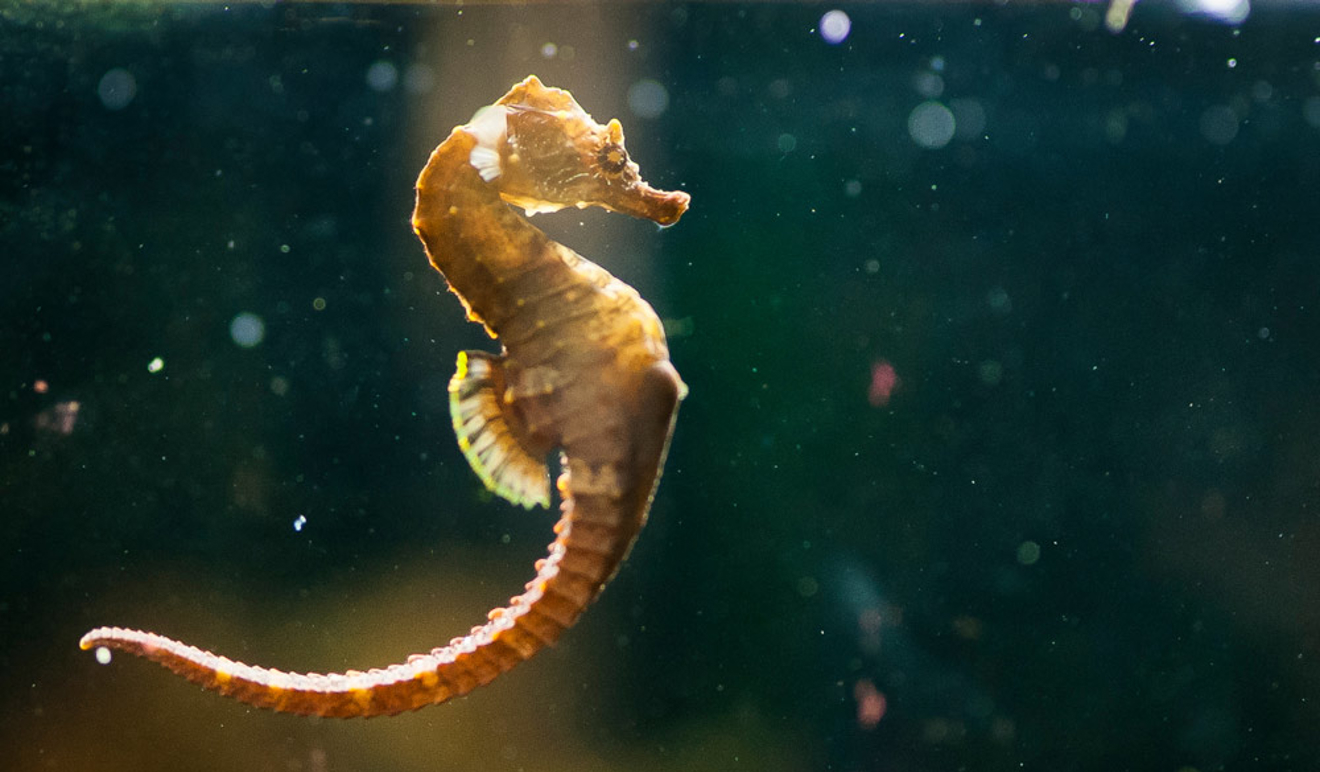
Sea hare
This little creature is known for its wide range of colours and bunny-esque tentacles on its head. They clean the seagrass by eating the microscopic algae that grows on its surface, allowing more sunlight to reach the leaves. The seagrass also acts as a safe haven for sea hares to lay their eggs.
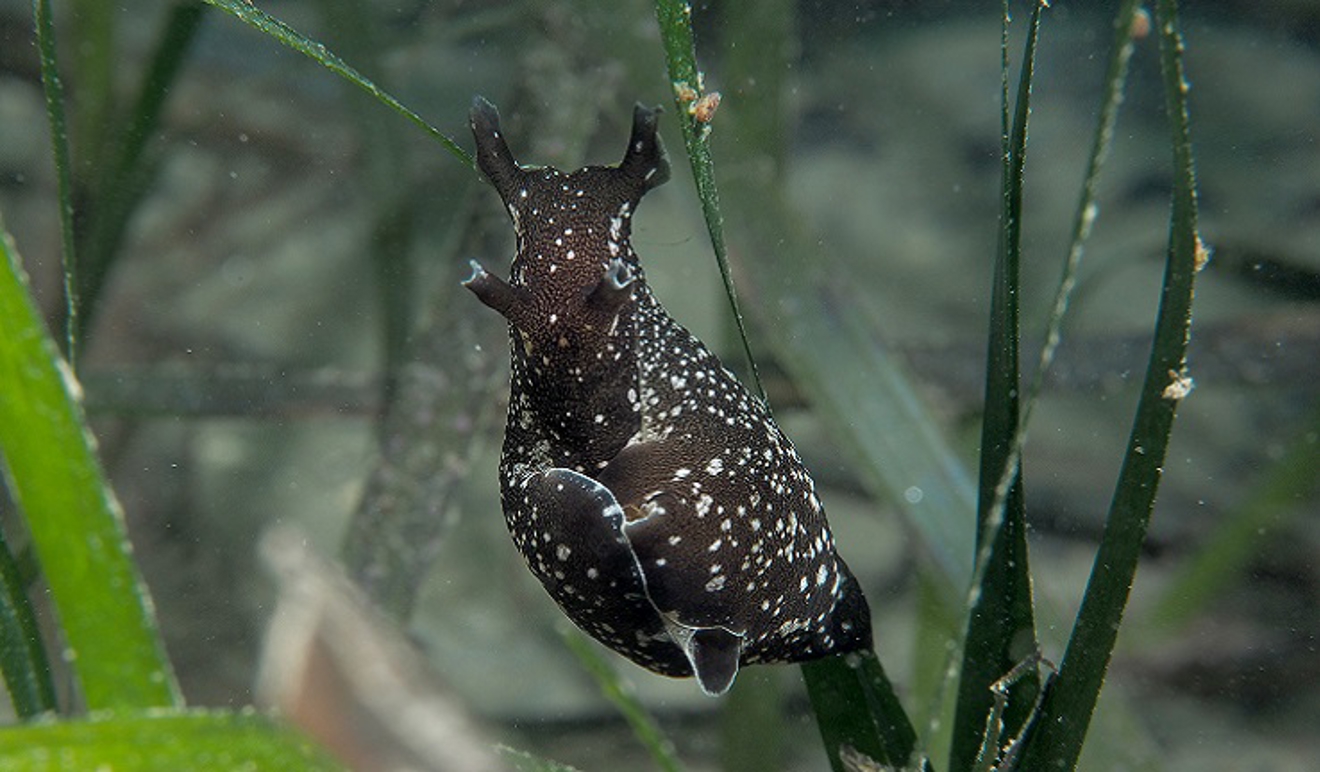
Snakelocks anemone
Snakelocks anemones are often easily identifiable with bright green tentacles and purple tips. They usually live around or on the leaves of seagrass, picking up prey as it floats by. These creatures have long, stinging tentacles so take care if you spot one in a rockpool!
Plaice
Like many commercial fish, plaice relies on seagrass as a nursery when in its juvenile stage of growth, providing shelter and camouflage. Plaice often tries to stay out of sight of predators by laying on the seabed, they can be best spotted however by the movement of their gills as they breath.
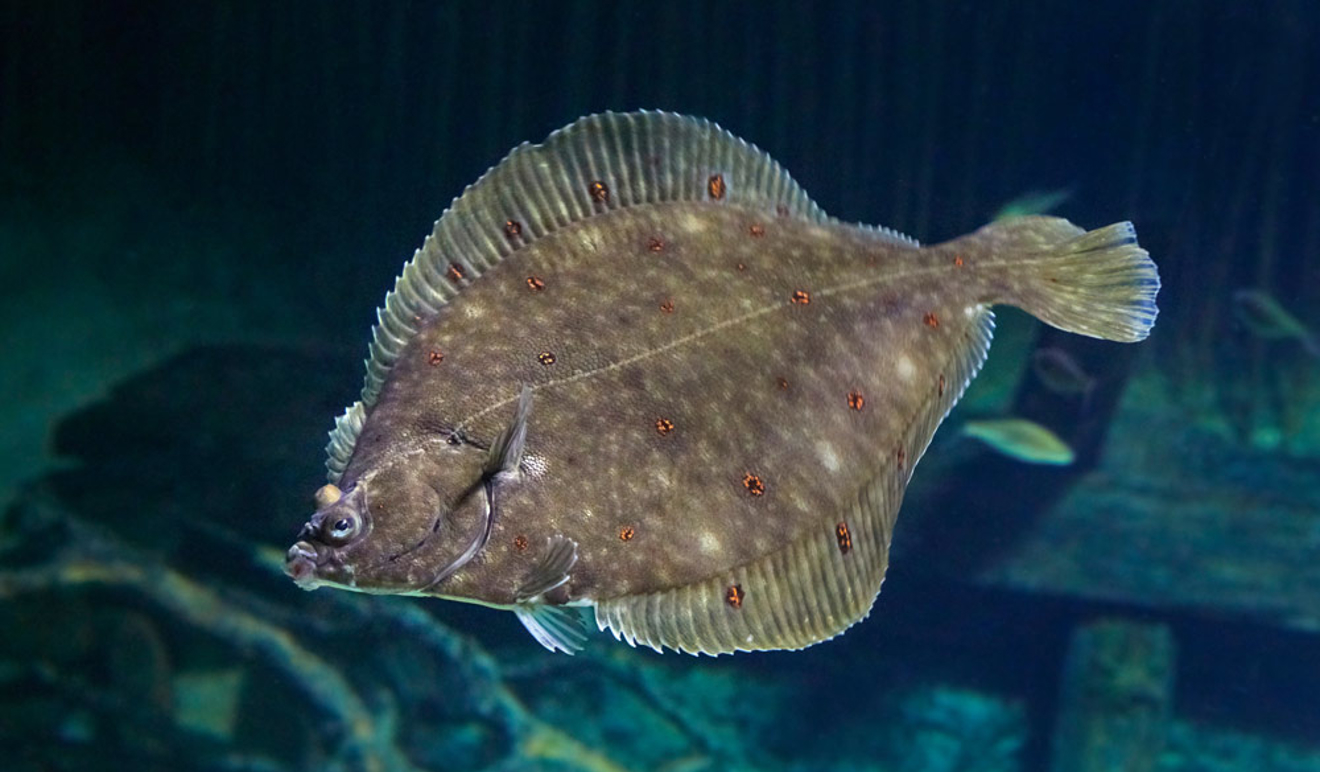
Stalked jellyfish
There are several species of stalked jellyfish found off of the UK coast. They are usually below 5 cm in size and live attached to a piece of seagrass or seaweed throughout their lives. They catch small amounts of food by stretching out their minute tentacles into the currents.
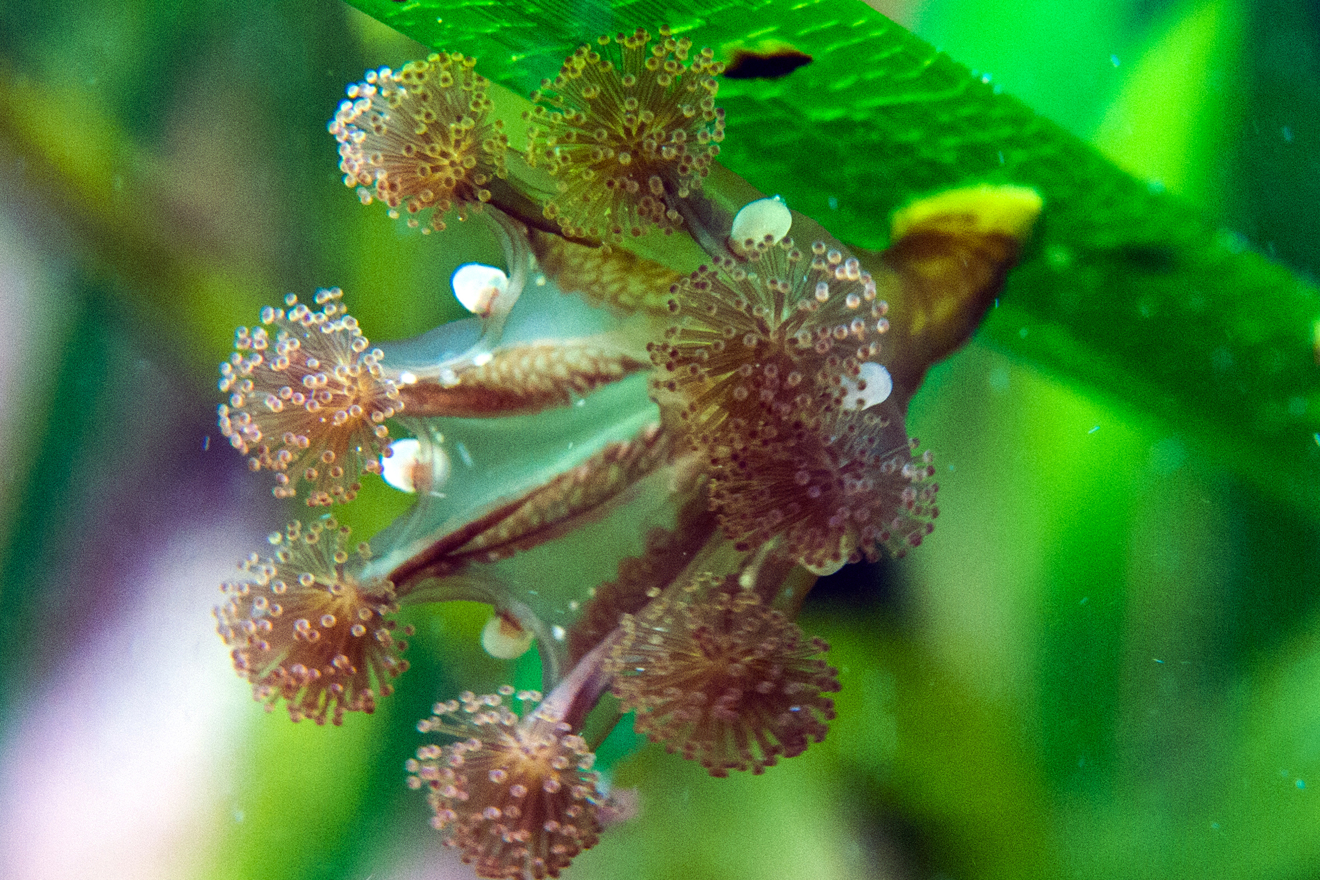
Supporting seagrass
The RYA is proud to be one of five project partners in the EU LIFE ReMEDIES Seagrass Project, led by Natural England. The Project is focussing on the restoration of seagrass habitats in five Special Areas of Conservation (SACs) across the South of England: Plymouth Sound, The Solent, the Isles of Scilly, the Essex Estuaries, and Fal and Helford. Research shows that at least 44% of the UK's seagrass has been lost since 1936, this Project is working to change that. We're aiming to plant a total of eight hectares of seagrass meadows – four hectares in Plymouth Sound and four hectares in the Solent Maritime.
The RYA’s role within the project is to carry out awareness raising and outreach through its environmental programme, The Green Blue. By working closely with clubs, centres, and RYA Instructors, we aim to educate recreational boaters on the most sustainable methods of anchoring and mooring. In turn, helping to preserve and restore important seabed habitats.
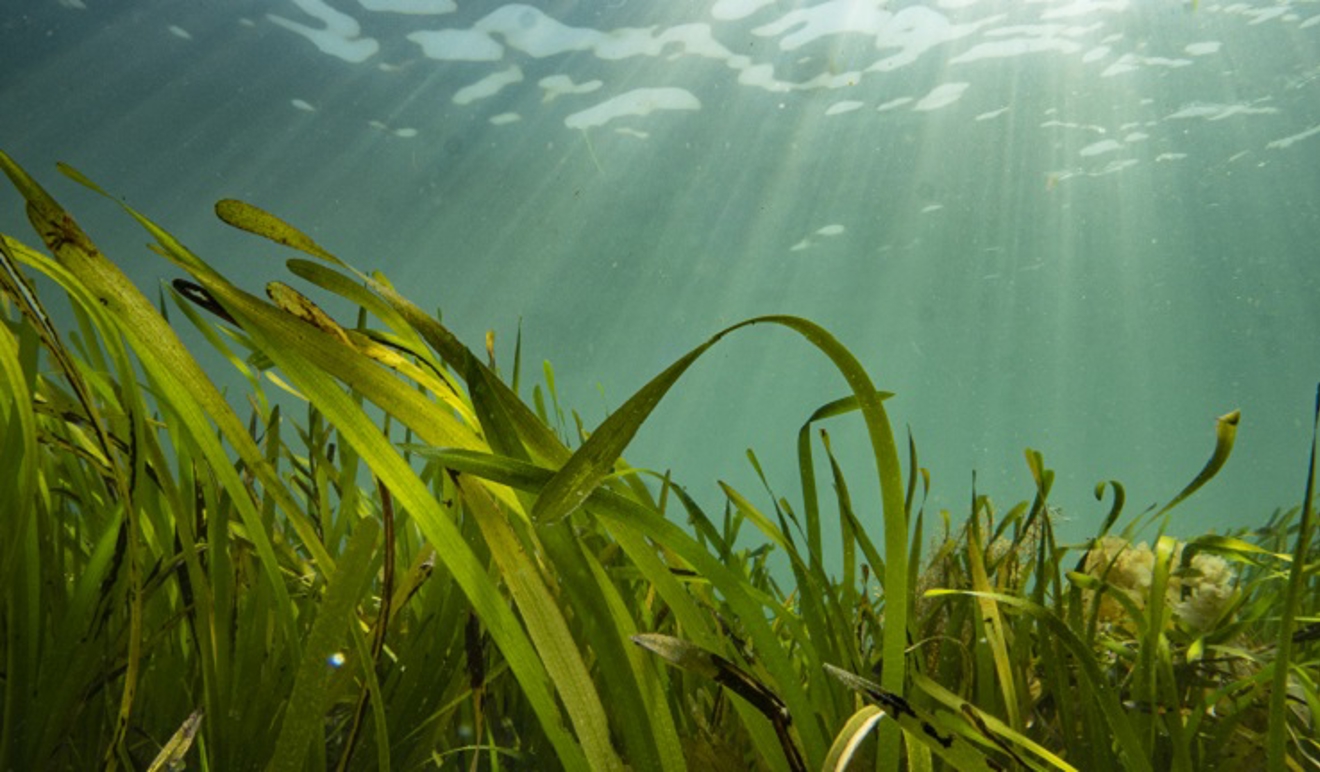
Get involved
Boat users can support the protection of seagrass by following best practice when anchoring and mooring, and by avoiding landing in shallow waters. You can learn more about how to protect seagrass habitats whilst on the water by downloading your free copy of The Green Blue's Green Guide to Anchoring and Mooring. You can also watch recordings of anchoring and mooring best practice webinars on The Green Blue.
You can find out more about the seagrass restoration project by visiting EU LIFE ReMEDIES.
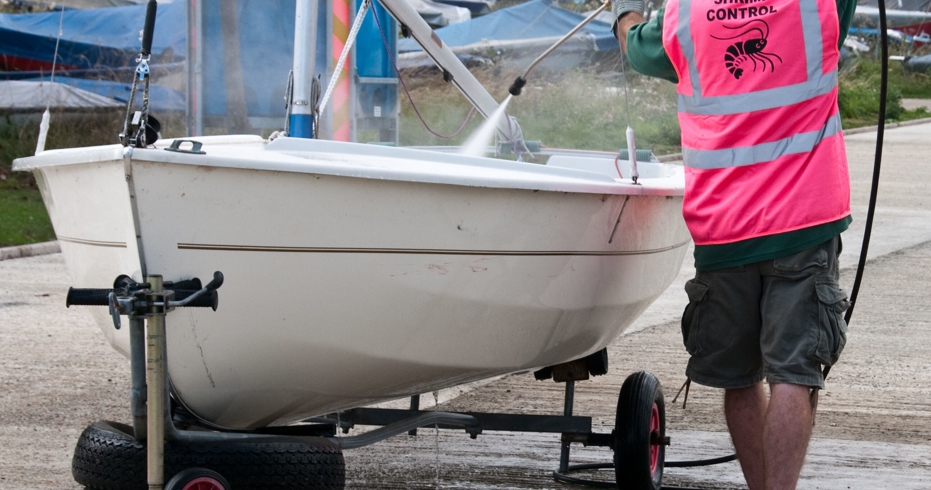
Environment and sustainability
Learn more about how to make your boating more sustainable with practical advice and resources for clubs and boaters.
